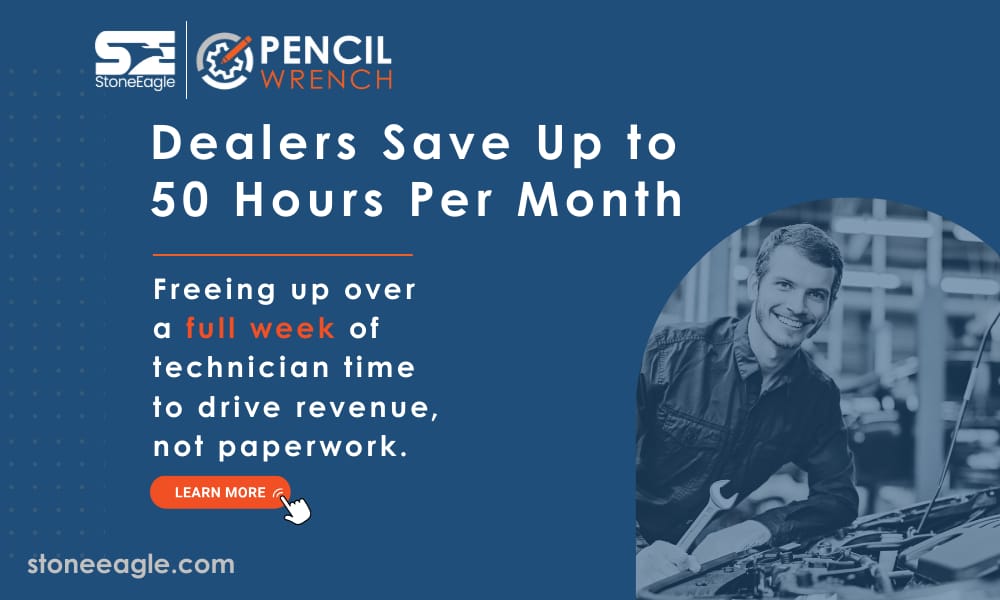Elevated margins and strong dealer sentiment are keeping the fixed ops department, or service center, a healthy profit generator for the entire dealership. But, dealers have been (and still are) struggling with customer retention after vehicle warranty periods expire.
And according to Dave Rogers, the fixed ops director for Piazza Auto Group, the growing markups on automaker-branded (OEM) parts are exacerbating the issue.
Driving the news: The average price of OEM parts has steadily risen for four consecutive years across manufacturers, creating an affordability wall for customers with vehicles beyond the warranty period.
Why it matters: OEM pricing strategy has created an affordability ceiling that makes service retention often mathematically impossible on certain vehicles.
"The higher mileage the car is coming in, the more of that you're getting,” Rogers told Daily Dealer Live hosts Sam D’Arc and Uli de’ Martino.
For example: He explained that a $450 Honda alternator represents an 80% markup over its $250 aftermarket equivalent.
And even though Piazza charges $152 per hour of labor (well below the rates some dealers command), it doesn’t matter. When OEM parts nearly double in price, labor rates almost become irrelevant.
The markup alone can send customers to independent rivals. Especially because, as Rogers pointed out, aftermarket parts often come with more generous warranty conditions.
The fix: Dealers are offering more aftermarket parts to customers in order to compete on price and terms.
"We got to give customers an option and you hate to say it," Rogers said. "But, you know, I'm not losing a job just because I can't be competitive."
OUTSMART THE CAR MARKET IN 5 MINUTES A WEEK
Get insights trusted by 55,000+ car dealers. Free, fast, and built for automotive leaders.
Worth noting: While there is no blanket legal requirement that a dealer must use OEM parts for every repair, automakers often heavily discourage or restrict use of non-OEM parts to align with their safety policies.
But between the lines: Parts divisions are among the most profitable centers for every manufacturer.
"They don't announce it, but if you read through their statements, if you look at their quarterly earnings calls, parts is one of the most profitable centers," Rogers said.
However, dealers take the hit on service retention. Only 54% of owners with cars two years old or newer returned to their selling dealer for service in 2025, down from 72% just two years earlier, per Cox Automotive.
And yes, mobile service expansion and better appointment booking help drive traffic, but customers will likely give up some of that convenience for a lower bill.
Looking ahead: Rogers doesn't see OEM parts pricing returning to "normal" anytime soon, so he's exploring partnerships with NAPA and local suppliers to stay competitive.
A quick word from our partner
Reclaim Wrench Time with Pencilwrench
You don’t hire technicians to be writers. Yet their pay — and your reimbursement — depend on clear, accurate, OEM-specific repair stories. Pencilwrench by StoneEagle makes it simple:
Guided, point-and-click workflows
OEM-specific cause-and-correction phrasing
Warranty and “Problem Not Found” claims supported
Recall documentation that stands up to review
Save time, prevent denials, and keep revenue flowing.












